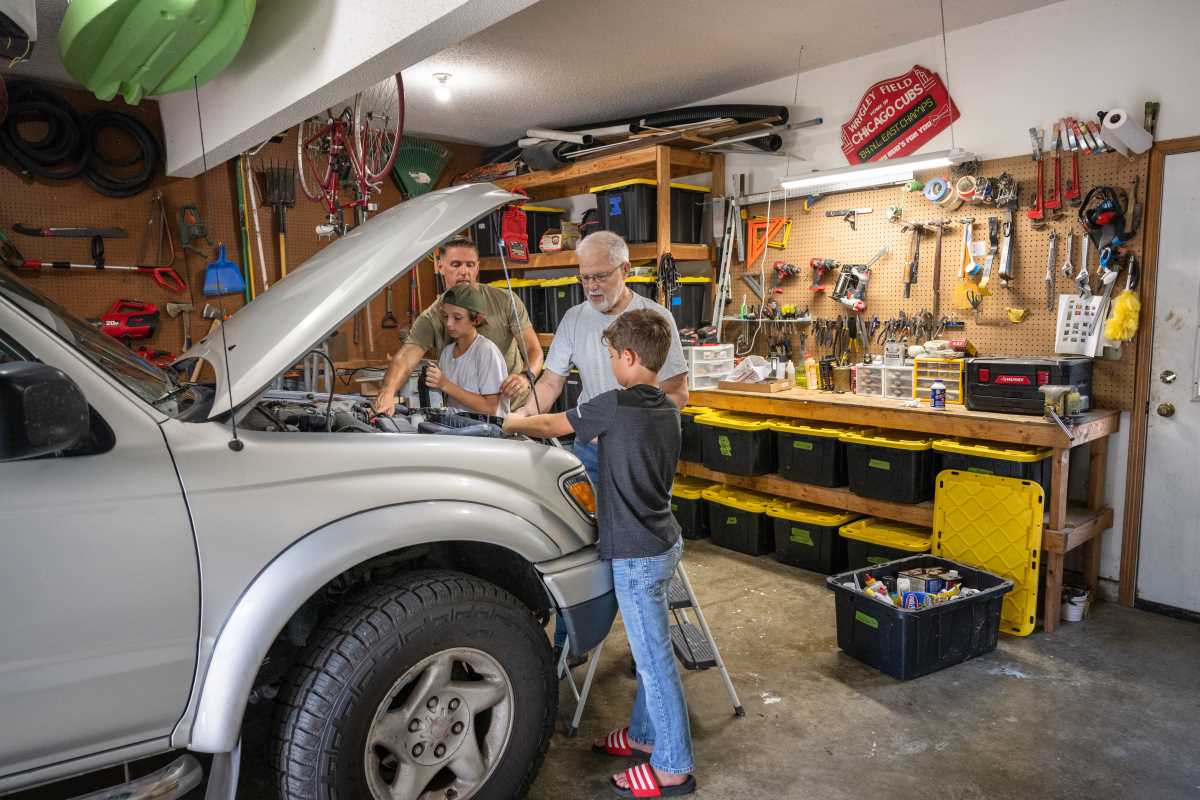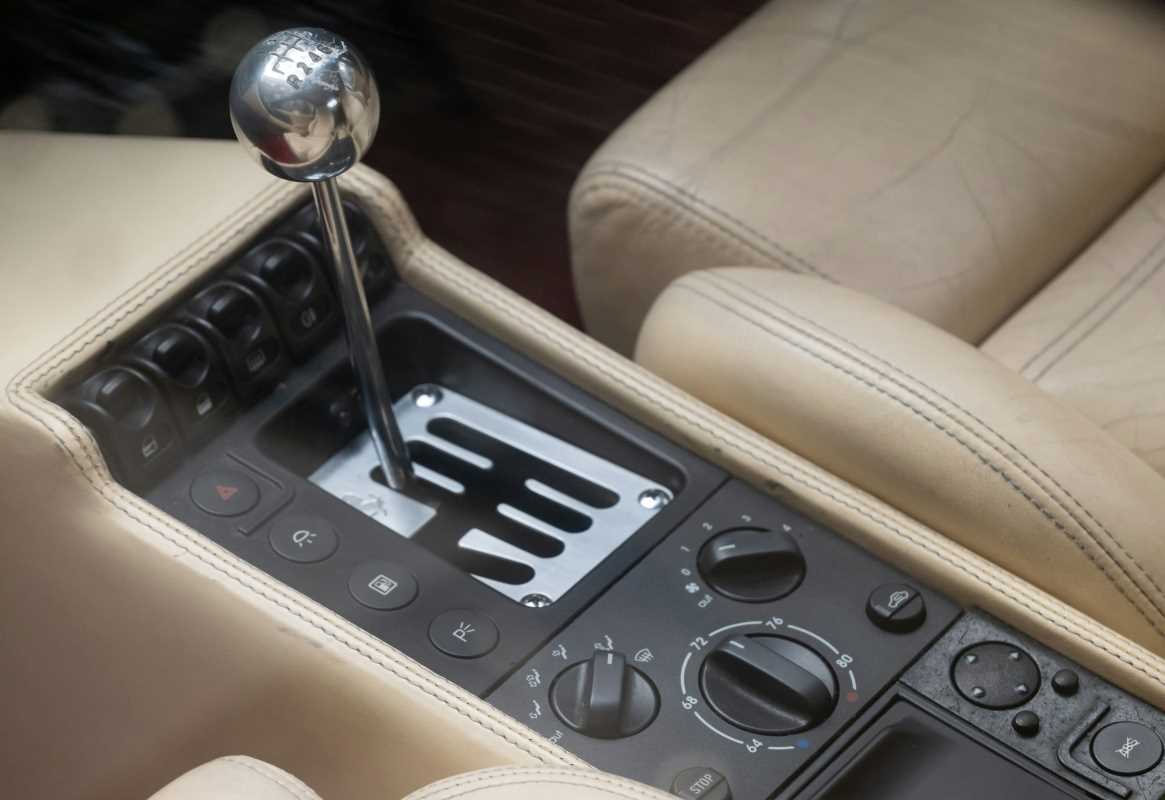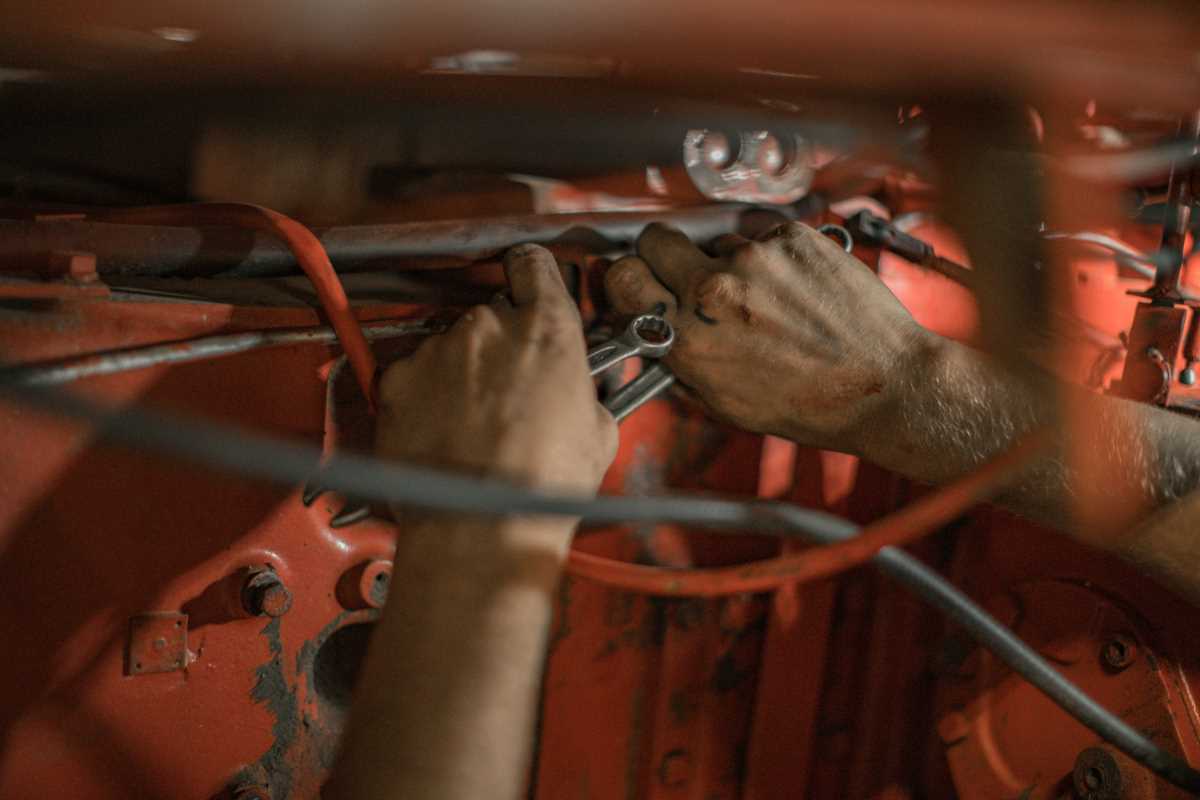Few things throw off your day quite like an electrical component in your car suddenly refusing to cooperate. Maybe your radio’s gone silent, your power windows aren’t moving, or your headlights seem to have taken a spontaneous vacation. Before panic sets in and you start tallying up a hefty repair bill, take a deep breath.
The issue might just be a blown fuse, and guess what? Replacing it is much easier (and cheaper) than you think. With just a little know-how, this quick fix can be handled from the comfort of your driveway. Here’s a handy guide to help you swap out that pesky faulty fuse.
Understand How Fuses Work
First, it’s important to know what fuses are and why they’re essential to your car’s electrical system. Picture a fuse as a tiny guardian of circuit protection. It allows electricity to flow but sacrifices itself the moment there’s a surge or short, preventing larger (and costlier) damage to your vehicle’s components.
Each fuse is part of your car’s electrical system, managing specific elements like your headlights, stereo, or windshield wipers. When one blows, it’s a clear signal that the circuit it protects has experienced too much current. Without that small piece of metal melting (intentionally!), your car could face serious electrical damage.
Most fuses are housed in your vehicle’s fuse box, and modern vehicles often have two fuse box locations to make life extra interesting. Typically, you’ll find one under the hood and another somewhere under the dash. Check your owner's manual for their exact locations. Trust us, that manual is your best friend throughout this process.
Locate the Faulty Fuse
Now that you’re armed with the basic knowledge of fuses, it’s time to play detective. Start by identifying which electrical feature isn’t working. Is it the interior lights? The cigarette lighter socket? The power windows? Once you know the culprit, tracking down the blown fuse becomes a more focused task.
Pop open your fuse box (refer to that trusty owner’s manual if needed), and notice how each slot corresponds to a specific electrical component. Many fuse boxes have a map or printed guide showing which fuse connects to what. If it’s not labeled clearly, your owner’s manual will save the day.
Visually inspect the fuses in question to see if one looks burnt or broken. A telltale sign of a blown fuse is a melted metal strip or a cloudy appearance in its transparent casing. If your eyes are struggling, don’t hesitate to grab a flashlight or magnifying glass to confirm the damage. No shame in pulling out the tools for extra clarity.
Gather the Right Tools and Replacements
Replacing a fuse isn’t rocket science, but having the right tools on hand makes the process that much smoother. Forget about complicated equipment or specialized devices. All you need are a few essentials to handle this task like a seasoned pro.
Must-haves include:
- A fuse puller (or a pair of fine-tipped tweezers, if you’re improvising)
- A replacement fuse of the exact amperage rating (this is crucial, no guesswork allowed)
- Your owner’s manual for handy reference
When choosing a replacement, always match the amperage rating. Fuses come in a rainbow of colors indicating their ratings, such as 10-amp (red), 15-amp (blue), or 20-amp (yellow). Using the wrong fuse can lead to further electrical issues or cause the circuit to overheat. Double-check these details to avoid more headaches down the road.
Replace the Faulty Fuse
With tools and a new fuse in hand, it’s time to roll up your sleeves (figuratively or literally) and tackle the swap itself. Here’s the fun part where you get to feel like a car-savvy hero.
- First, ensure your car’s ignition is completely off for safety. No need for any live wires adding to the stress.
- Use your fuse puller or tweezers to gently remove the faulty fuse. These tools make it a quick and precise operation without bending or breaking nearby fuses.
- Insert the new fuse into the vacated slot, ensuring it’s seated securely. It should click into place smoothly, requiring minimal effort.
- Close the fuse box securely, ensuring no loose covers or dangling wires.
And that’s it! You’ve just replaced a car fuse without breaking a sweat (or breaking the bank). Simple, right?
Test Your Fix
Replacing the fuse may be quick, but the final step is crucial. It’s time to flip on your car’s ignition and test the affected electrical component. Does the radio hum back to life? Does the window motor buzz with energy again? Cue the happy dance! Your fuse swap was a success.
If, however, the issue persists or the new fuse blows right after replacing it, the problem might not be the fuse itself. An underlying electrical issue (like a short circuit) could be at play, which likely requires professional help. Resist the urge to repeat the process or jam in a higher-amperage fuse in hopes it solves the issue, that’s a risky move that could fry your car’s wiring.
Small Fix, Big Results
It’s easy to underestimate how such a little component can cause such chaos or make such a difference. Spending a few minutes on this DIY task can restore multiple functionalities that make your vehicle infinitely more comfortable to drive. Plus, by learning this skill, you’re saving yourself the expense of a trip to the mechanic over something you can absolutely handle at home.
The best part? Fuses are inexpensive and usually come in multipacks, so you’ll have backups at the ready for future mishaps. Think of these tiny replacements as your car’s first-aid kit for electrical hiccups.
Pro Tips for the Road
There are a few golden rules to keep in mind when dealing with car fuses to ensure your adventures remain smooth and stress-free.
- Always carry spare fuses for common amperage ratings in your glove box. Emergencies are far less daunting with a backup plan.
- Check for moisture in or around the fuse box. Water damage can lead to repeated fuse issues and should be addressed immediately.
- Familiarize yourself with your owner’s manual. This underrated booklet is essentially the Holy Grail for understanding your car.
With these simple habits, you’ll be well-prepared to tackle future fuse woes like an automotive expert.
The Confidence to DIY
Learning how to replace a car fuse is more than just a nifty life skill. It’s an empowering reminder that with the right steps, you can handle more car issues than you think. It’s a win for your wallet, a boost for your confidence, and a comfort on those days when your car seems to be conspiring against you.
Whether you’re helping a friend fix their tail lights or saving your own trip to the mechanic, knowing how to tackle this issue might just make you the unsung hero of the carpool. Now, go ahead and celebrate your newfound expertise, with the radio, AC, or lights working, of course!







